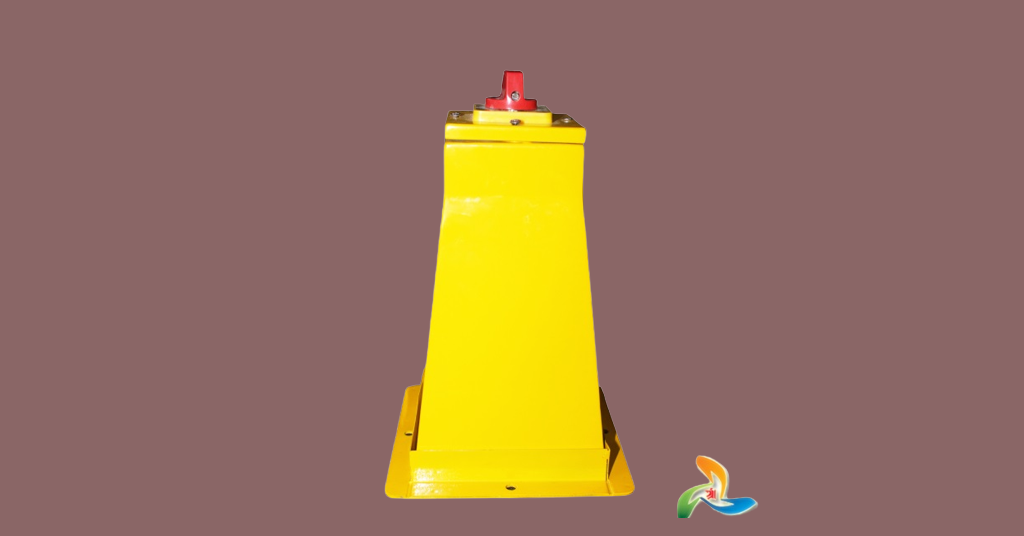5 Ways to Convert Your Fluorescent Light Fixtures to LED
- shreeelectric
If you have Tube Light Fluorescent and want to save money and energy by switching to LED lighting, you have two options: modify your current fixtures to operate with LED or replace them with new LED fixtures. However, there are other possibilities within those routes, depending on the type and position of your fixtures, lighting goals, and budget. Whichever option you choose, you will significantly lower your energy use and operational expenses. Don’t forget the other advantage of Flameproof Tube Light Fluorescent and LED: you’ll have a much longer bulb life than you’re used to!
5 Effective Ways Flameproof Tube Light Fluorescent To LED
1. Convert Your Fluorescent Fixture With An Led-Ready T8 Fixture + Led Tubes
- Works with any LED tube without the need for rewiring—just plug the tubes in and go.
- Clean, modern fixtures improve the overall appearance of your business.
- Lumens, watts, and lamp life are determined by the tubes you buy for it.
- Get 5% off tubes when you buy fixtures from ELEDLights.com.
- DLC listing and refund eligibility are determined by the tubes purchased for the fixture.
2. Convert Your Fixtures With Led Panel Lights Or Troffers
- Keep the troffer footprint while updating to a sleek, modern design.
- Ideal for replacing suspended grid ceiling fixtures—some types may also be surface-mounted to flat ceilings.
- Provides uniform illumination without the obvious dim areas that can occur with both fluorescent and LED tubes.
3. Convert Your Fluorescent Tubes With Led Retrofit Tubes
- It is less costly than replacing the entire fixture.
- It is necessary to rewire the fixture in order to bypass the ballast (to wire the mains directly to the sockets)
- However, because the ballast accounts for around 10% of the energy drawn by your light, your fixture will be much more energy efficient after you’re finished.
- Furthermore, you eliminate vexing ballast failures as well as the flickering and dimness that are signs of a failing ballast.
- Standard and high-efficiency retrofit tubes are offered.
- Depending on the lumen rating of your LED replacement tube, a 4-lamp 4-foot fixture can go from what you have presently (approximately 7200 lumens in LED terms) to nearly twice as bright (around 13,200 lumens with four 3300-lumen LED tubes).
4. Convert Your Fluorescent Tubes With Magnetic Led Strips
- This alternative, like tubes, is less costly than replacing the fixture and eliminates the ballast and its energy consumption from the equation.
- Strips employ an external driver, as opposed to the compact driver built within an LED tube, which allows for greater ventilation and heat dissipation, resulting in longer life and higher dependability.
- There’s no need to wire electricity to tombstone sockets—just connect your building’s power to the driver, then use the accompanying cables to connect the driver to the strips.
- Magnetic strips and drivers stick effortlessly to metal fittings, freeing up both hands for easier installation.
5. Convert Your Fluorescent Fixture With A Led Fixture
- The all-in-one design results in a sleeker, thinner silhouette.
- Some all-in-one fixtures, such as our Integrated Tube Lights, are hardly larger than a fluorescent tube.
- Surface mountable or hung from cables
- Frequently produces more light than tube fixtures.
- Long lamp life alleviates concerns about having to replace the fixture when it reaches the end of its useful life.
- The all-in-one design also provides improved dust and water resistance.
Top 2 Issues With Fluorescents
1. Fluorescent Tubes Have mercury
The most dangerous aspect of fluorescent lighting is that it contains mercury. Although there is no danger when the mercury is confined within the sealed tube, there is a risk if the tube falls and breaks.
When a tube breaks, some mercury is discharged into the environment. As a result, it is advised to promptly ventilate the area and clean up any shattered glass.
A vacuum, on the other hand, cannot be utilised to clean up since it disperses the mercury. As a result, employees must take extra care to avoid injury even when cleaning up the mess.
When it comes to appearance, LEDs are identical to fluorescents. They are, nevertheless, extremely different. LEDs do not produce as much heat as conventional types of illumination.
That is, their housings are built of strong polymers rather than glass. As a result, they fracture and break less frequently. Furthermore, even if these lights fail, LEDs do not contain mercury and will not leave glass shards everywhere.
2. Fluorescents Lumens Drop Quicker In Cold Or Hot Environments
When it comes to functioning and composition, fluorescents are delicate. These lights only work well in a room-temperature environment. In reality, at temperatures below 50 degrees, the light will work optimally, at 80% capacity.
Furthermore, this is just when you install a new light. We’ll go through this in further depth later. Fluorescent lights, on the other hand, are notorious for rapidly depleting light quality and quantity.
Tube Light Fluorescent and LED’s, on the other hand, are unaffected by environmental elements such as temperature. These lights continue to perform well regardless of the ambient circumstances in your space.
Furthermore, even when operating at an optimum temperature and inside, LEDs can outperform fluorescents soon.


